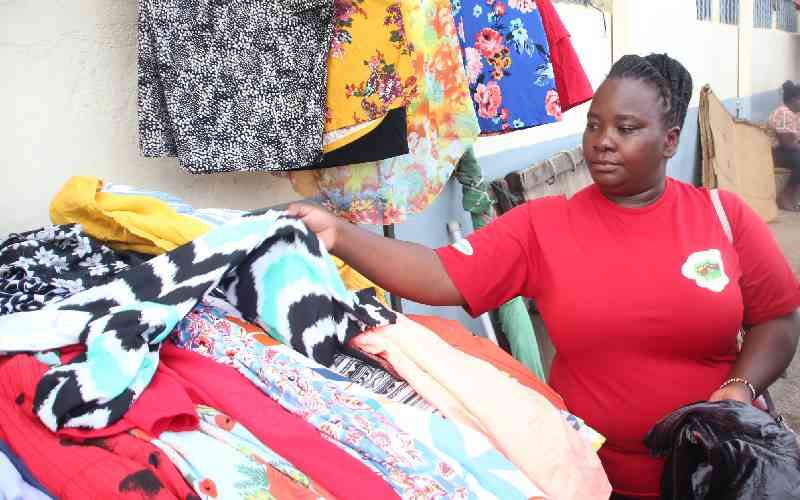
The national statistician has released the October 2024 economic brief, showing that inflation has dropped to its lowest level in recent history, ending the month at 2.7 per cent. This marks a steady 12-month decline from 6.9 per cent in October 2023, with the only exception in January 2024, when inflation briefly rose to 6.9 per cent from 6.6 per cent in December 2023.
Top economic advisors of the Kenya Kwanza administration are over the moon with this news. It follows a notable reduction in fuel prices announced on October 14 by the energy and petroleum regulator, with decreases of Sh8.18 for super petrol, Sh3.54 for diesel and Sh6.93 for kerosene. For some observers, these positive developments seem well-timed to ease the burden on employees and households facing the newly implemented 2.75 per cent Social Health Insurance Fund (SHIF) levy.







